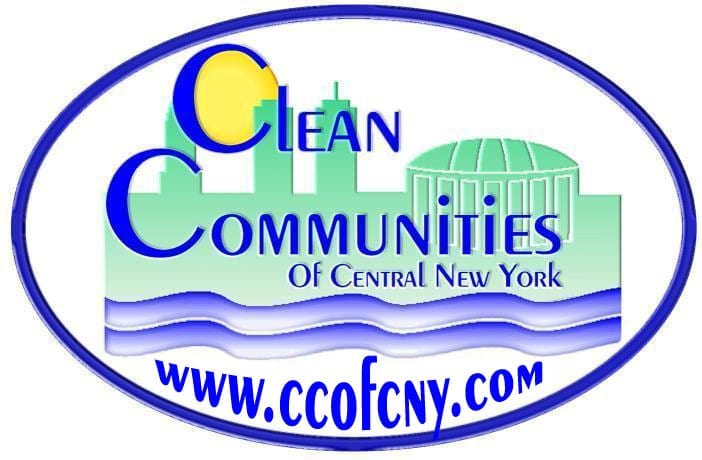Alternative fuel vehicles, running on fuels such as biodiesel, electricity, natural gas, and propane – can help build system resiliency by diversifying an emergency response fleet. If a storm or other emergency disrupts a state’s primary fuel supply, emergency managers should have a plan to activate fleets that run on alternative fuels to perform essential services.
Currently, most government and utility fleets operate on petroleum-based fuels. These fuels, consumed as gasoline or diesel, are produced at regional petroleum refineries, which are then transported by interstate and intrastate transmission pipelines, or over-the-road delivery systems, and placed in local storage. While noticeable disruptions are rare due to robust fuel markets, large finished product reserves do not exist; therefore, system outages can have large and immediate system wide effects. These outages can cause a lack of available petroleum-based fuels.
Integrating alternative fuel vehicles (AFVs) into emergency operation plans will allow a jurisdiction to rely on a diversified pool of fuel resources in the event of a petroleum shortage.
Integrating alternative fuel vehicles (AFVs) into emergency operation plans and related plans will allow a jurisdiction to rely on a diversified pool of fuel resources in the event of a petroleum shortage. Fuel diversity should become an essential part of the emergency planning process.
The National Association of State Energy Officials (NASEO) launched a nation-wide program – the Initiative for Resiliency in Energy through Vehicles (iREV) – to help integrate alternative fuel vehicles into emergency operation plans. iREV has developed a series of reports that outline the benefits of alternative fuel vehicles, highlight ways that these fuels have helped states and communities during emergencies, and recommend actions states can take to integrate alternative fuel vehicles into future emergency plans.
Four “case studies” provide basic information on biodiesel, electric, natural gas, and propane vehicles for emergency planners and provide key context for why alternative fuels should be considered during the emergency planning process, and used during emergencies.
These jitneys, fueled by a public access CNG station that uses a natural gas-powered back-up generator, were utilized to evacuate hospital and nursing home patients, as well as to plow sand from the roadways left by storm surge.
A perfect example of how alternative fuel vehicles can play a critical role after a natural disaster was the use of natural gas-powered vehicles immediately following Superstorm Sandy. The storm slammed in to the shores of Atlantic City, New Jersey, just one of the regions severely affected by the storm. The city uses a fleet of natural gas-powered mini-buses, known locally as jitneys, as the main form of public transportation.
These jitneys, fueled by a public access CNG station that uses a natural gas-powered back-up generator, were utilized to evacuate hospital andnursing home patients, as well as to plow sand from the roadways left by storm surge. Having an inventory of these types of alternative fuel vehicles, which include EVs, dedicated or bifuel CNG and LPG vehicles; along with information on infrastructure that can continue to operate when primary power is not available, can be a lifesaving opportunity for emergency planners and municipalities.
An Alternative Fuel Vehicle and Infrastructure Tracking Tool was also developed to help emergency planning entities understand the various alternative fuel vehicle and infrastructure assets and options at their disposal, to optimize planning and investment based on their specific fuel supply, geography, and risk-profile. This “iREV-Tracking Tool” combines data from the Alternative Fuels Data Center, on-the-ground fleet and infrastructure information relayed through Clean Cities Coalitions, and disaster readiness tools being used at the national level to support critical infrastructure and homeland security.
This program, funded by a US Department of Energy grant, included support from Clean Cities Coalitions in Alabama, New York, Pennsylvania, New Jersey, Massachusetts, New Jersey, Vermont, and Tennessee. It is our hope to continue to expand the use of the iREV tracking tool as more public and utility fleets gain access to an increasing amount of alternative fuel vehicles.


